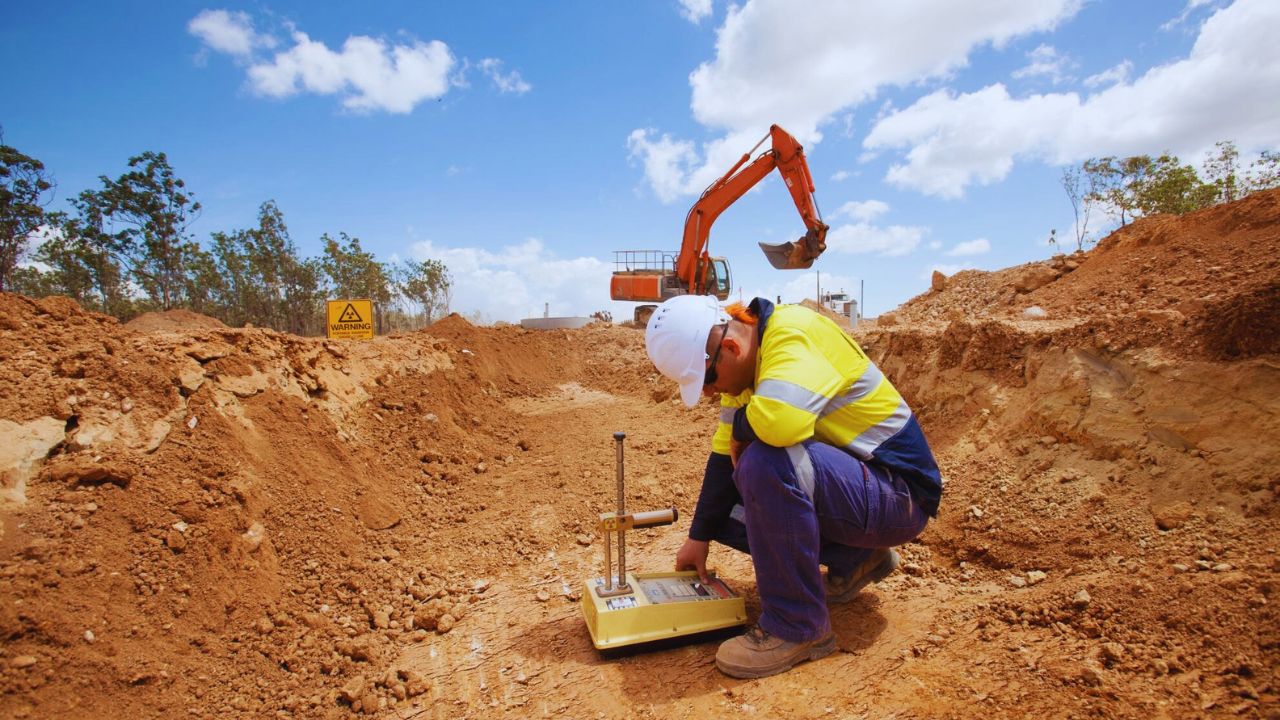Examine This Report about Geotheta
Examine This Report about Geotheta
Blog Article
Geotheta for Dummies
Table of ContentsSome Known Details About Geotheta The Best Guide To GeothetaThe 4-Minute Rule for GeothetaThe Buzz on Geotheta
They team up with civil designers, structural engineers, architects, and various other specialists to incorporate geotechnical considerations right into the overall project style and construction procedure. This requires effective synergy, coordination, and communication to make certain that the geotechnical facets straighten with the project purposes and meet regulatory demands.Mining & Materials Engineering: Principles of exploration, infiltration prices, and aspects impacting the option of exploration technique. Qualities of nitroglycerins, shooting systems and blast patterns. Blasting techniques in surface and below ground operations. Special blasting techniques at excavation borders. Resonance and noise control. Mechanical and continual approaches to fragmentation, including longwall shearing and fullface boring.
Modelling of piece and particle dimension circulations; comminution as a transfer function. Comminution innovation: squashing, grinding, size classification. Integrated evaluation of fragmentation and comminution procedures. Offered by: Mining & Materials Engineering.
Little Known Facts About Geotheta.
Bachelor's level programs in civil, geotechnical, geological, and environmental design generally last 4 years and include general education and learning courses in English, social scientific research, and the liberal arts, in addition to training courses in innovative mathematics, structural geology, and fluid mineralogy. (https://telegra.ph/Why-Geotheta-is-Your-Go-To-for-Geotechnical-Engineers-in-South-Africa-08-02)
Geotechnical engineering includes the analysis of the soil and rock problems at a particular site, and their effects for the advancement of that website. As the majority of structures rely on the ground for support, it is without surprise that a comprehensive understanding of the ground problems, and the suitability of structure systems, are crucial to the lasting security and performance of the building or structure.
Being experts in the examination of geological formations and ground practices, geotechnical engineers do clinical examinations and screening to understand the effect these geological developments might carry the layout and building of structure, civil and infrastructure tasks. This competence is essential for the style and building and construction of structures, roadways, passages, dams, bridges, and water supply and sewer system.
The geotechnical group at Douglas Allies routinely seek advice from with architects, design designers, developers, and builders to make recommendations on design and development proposals to ensure that the constructed frameworks are appropriately designed for the ground conditions. For instance, the design of footing systems requires to take into consideration the weight of the structure, the capacity of the ground to sustain that weight along with activity tolerances and efficient building and construction.
The Greatest Guide To Geotheta
This job is considerably simplified by the usage of our Douglas Map geospatial platform that makes this info easily easily accessible in a very easy to utilize internet internet browser interface. A geotechnical designer will certainly guide the boring of boreholes and test pits to accumulate soil and other examples, and additionally examine surface attributes and ground direct exposures to develop a geotechnical model of the subsurface problems.
Depending on the project kind and ground conditions experienced, lab testing might to name a few things examine toughness, compressibility, reactivity and/or permeability of dirt and rock examples. After this data is accumulated and looked at, the results are used for a geotechnical design of the website, which is typically offered as areas throughout the site.

A geotechnical examination naturally can just assess the ground conditions at the areas drilled or dug deep into. All-natural variants in soil and rock problems can happen across a site and between examination places. It is as a result good practice that the geotechnical designer be kept throughout building of the project to provide on-site verification that the ground conditions experienced are constant with the assumptions and recommendations supplied in the geotechnical examination record.
The Geotheta PDFs
Geotechnical engineers use their thorough expertise of soil and rock to examine threat and solve issues on diverse infrastructure projectsGeotechnical design is a specialist branch of civil design which checks out the behavior of earth materials and the application of soil and rock technicians. Consulting Engineers. As a geotechnical designer, you will certainly evaluate the physical, mechanical and chemical properties of soil and rock in order to make foundations, keeping frameworks and earthworks
Geotechnical design is carefully connected to and overlaps with, both engineering geology and ground engineering - https://canvas.instructure.com/eportfolios/3071866/Home/Why_Geotechnical_Engineers_Are_Essential_for_Your_Construction_Projects. It's feasible to be experts in geotechnics or help a geotechnical firm yet be called a design rock hound or a ground engineer. As a geotechnical engineer, you'll require to: develop and preserve relationships with customers and other experts associated with the site, throughout each projectmaintain safety and security requirements on website be mindful of price effects when you make recommendationsstudy geological maps and aerial photographs from a variety of sources and from various time periodsexamine construction plans to see how possible they are based on your understanding of the siteinvestigate dangers or geological dangers for the sitesearch for environmentally delicate attributes, such as garbage dump begin to establish valid and expository ground modelsplan field investigationsdrill and evaluate examples of bedrock, soil, groundwater and added materials monitor various other specialists on sitesolve technical concerns as they occur, such as unforeseen frameworks at drill sitesmonitor problems throughout and after building and construction to make certain structures are secure in the short and lengthy termadding data gathered on website to your preliminary researchcreating geotechnical estimations, drawings, and two or three-dimensional computer system designs analyzing the datamaking recommendations about the proposed use the site

Report this page